Español
¡Bienvenidos a un nuevo tutorial!
El día de hoy traigo una propuesta para combatir el estrés o el aburrimiento que puede producirse a través del día, un pequeño peluche osito en forma de bolita, fácil de agarrar y fácil de hacer. Se requieren muy pocos materiales para realizarlo, y si te animas, tendrás un pequeño compañero que te ayudará a liberar tensión.
English
Welcome to a new tutorial!
Today I bring a proposal to combat stress or boredom that can occur throughout the day, a small teddy bear in the form of a little ball, easy to grab and easy to make. Very few materials are required to make it, and if you dare, you will have a little companion that will help you release tension.
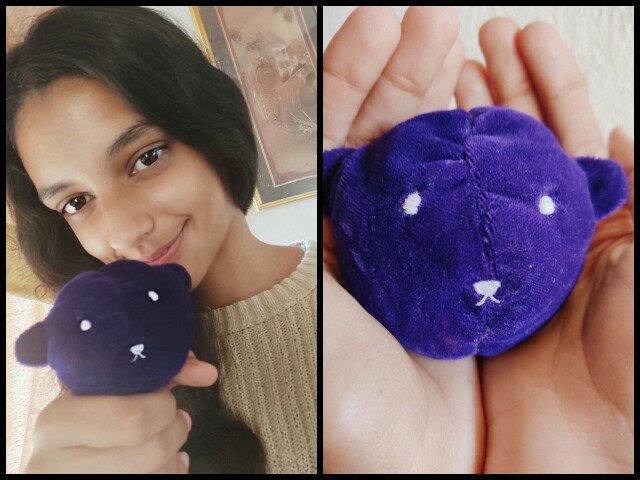
~Los materiales~
Como se trata de un peluche tan pequeño, no necesitaremos mucho material, pero en caso de que quieras hacerlo más grande, sólo debes duplicar o triplicar la cantidad.
-Tela: Solo necesitas un pequeño pedazo de 20 cm x 20 cm. En mi caso estoy reciclando tela de un viejo vestido de mi madre, de tela de terciopelo, pero puedes usar tela polar o simplemente una tela que sea suave y no estire mucho.
-Hilos: necesitaras dos hilos de coser, uno para coser el peluche, y otro para bordarle la cara, debe ser un color que le resalte la cara. En mi caso usé un hilo negro y uno blanco, pero si la tela que usas es de color claro, puedes usar un hilo negro para las dos cosas.
-Agujas: con una simple agua de costura basta.
-Alfileres: Para sostener la tela, en mi caso usé otras agujas porque no tengo alfileres por el momento.
-Un color claro
-Un bolígrafo
-Papel para el patrón
-Tijeras de costura
-Una regla
~The materials~
Since this is such a small stuffed animal, we won't need a lot of material, but in case you want to make it bigger, just double or triple the amount.
-Fabric: You only need a small piece of 20 cm x 20 cm. In my case I'm recycling fabric from an old dress of my mother, velvet fabric, but you can use fleece or just a fabric that is soft and doesn't stretch too much.
Threads: you will need two sewing threads, one to sew the stuffed animal, and another one to embroider the face, it must be a color that highlights the face. In my case I used a black and a white thread, but if the fabric you use is light colored, you can use a black thread for both.
-Needles: with a simple sewing water is enough.
-Pins:To hold the fabric, in my case I used other needles because I don't have pins at the moment.
-A light color To fill the stuffed animal, I used these little plastic balls that my boyfriend gave me, but it should be filled with polystyrene micro beads. If you don't have any of these materials, you can use rice or lentils, so it will have the same anti-stress effect, but you should always keep it away from water or humidity. Instead of leaving you the image with the pattern to download, I will show you how to draw it. Step 1: Using the paper and pen, with the help of a ruler you are going to draw a 10,5cm x 5cm rectangle. Step 2: Cut the rectangle. En vez de dejarles la imagen con el patrón para descargar, les enseñaré como dibujarlo. Paso 1: Usando el papel y el bolígrafo, con la ayuda de una regla vas a dibujar un rectángulo de 10,5 cm x 5cm. -Paso 2: Corta el rectángulo. Comencemos dibujando el la tela las piezas necesarias de nuestro patrón, se requieren 4 piezas de cada patrón, cómo se muestra en la foto En caso tal de que uses tela polar o terciopelo, te recomiendo dibujar el patrón por el lado reverso de la tela. Once all the pieces are cut, we will start sewing the ears. Take two of the four pieces and sew them together, leaving the part where the lines are drawn outside. When finished, we should flip it over and we will be left with something like the one shown in the photo, isn't it cute? A little bear's ear. Now we must repeat the process with the other two pieces of fabric. Ahora, esta probablemente sea la parte más complicada. Debes tomar tu orejita y ponerla entre dos pedazos de la tela para la cabeza, debe quedar como un sandwich en donde las partes donde están las lineas dibujadas queden hacía afuera. Asegurate de marcar en donde vas a poner la oreja, ya que es allí donde se verá al finalizar el osito. Debe ser más arriba de la mitad, siemore pegado a la orilla de la tela. Es aquí donde debes usar tus alfileres o agujas para asegurar que se mantenga unidas las piezas mientras coses. Now, this is probably the most complicated part. You have to take your ear and put it between two pieces of the fabric for the head, it should be like a sandwich where the parts where the lines are drawn are facing outwards. Make sure to mark where you are going to put the ear, since that is where it will be seen at the end of the teddy bear. It should be more than halfway up, always sticking to the edge of the fabric. This is where you should use your pins or needles to make sure you keep the pieces together as you sew. Now let's turn it over one last time. In the last part, help yourself with your hand to finish and when you feel that it is already well plumped, sew that last side and you can consider your stuffed animal ready to go.
-A pen
Pattern paper.
-Sewing scissors
-A ruler .
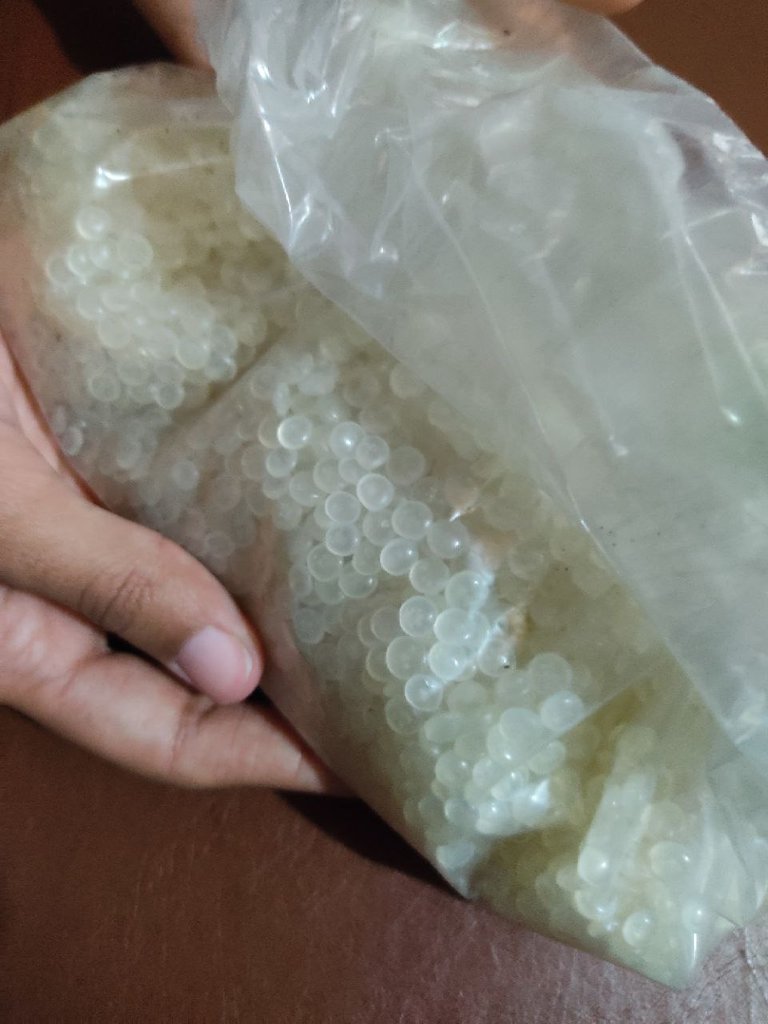
~The pattern~
~El patrón~

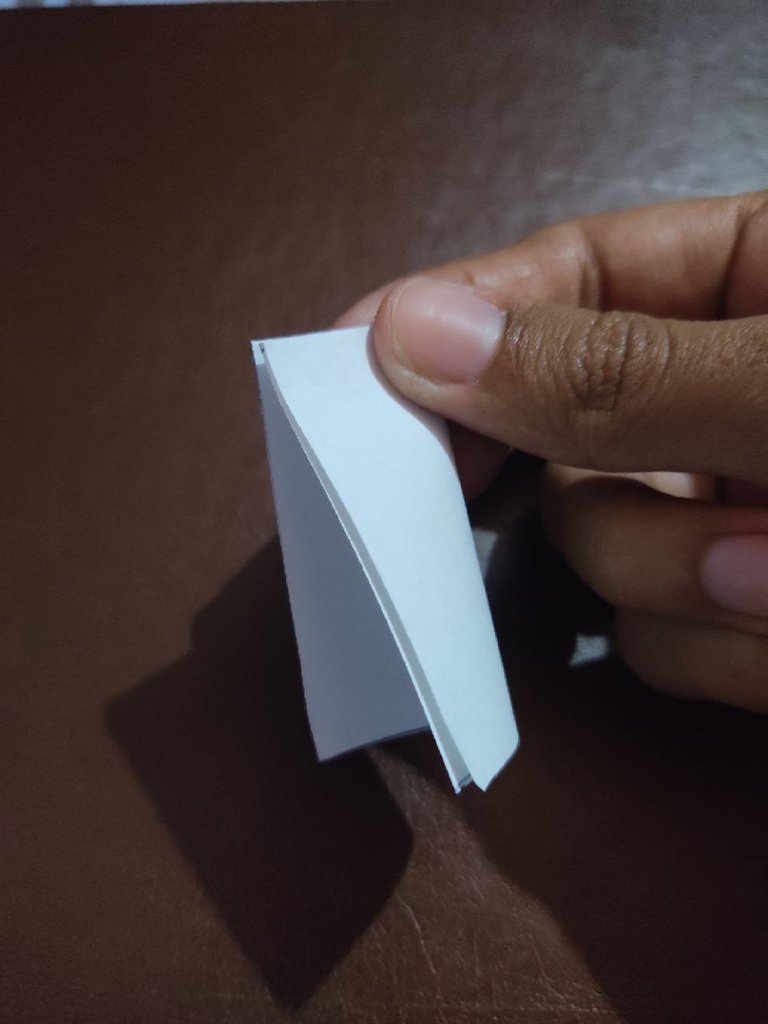

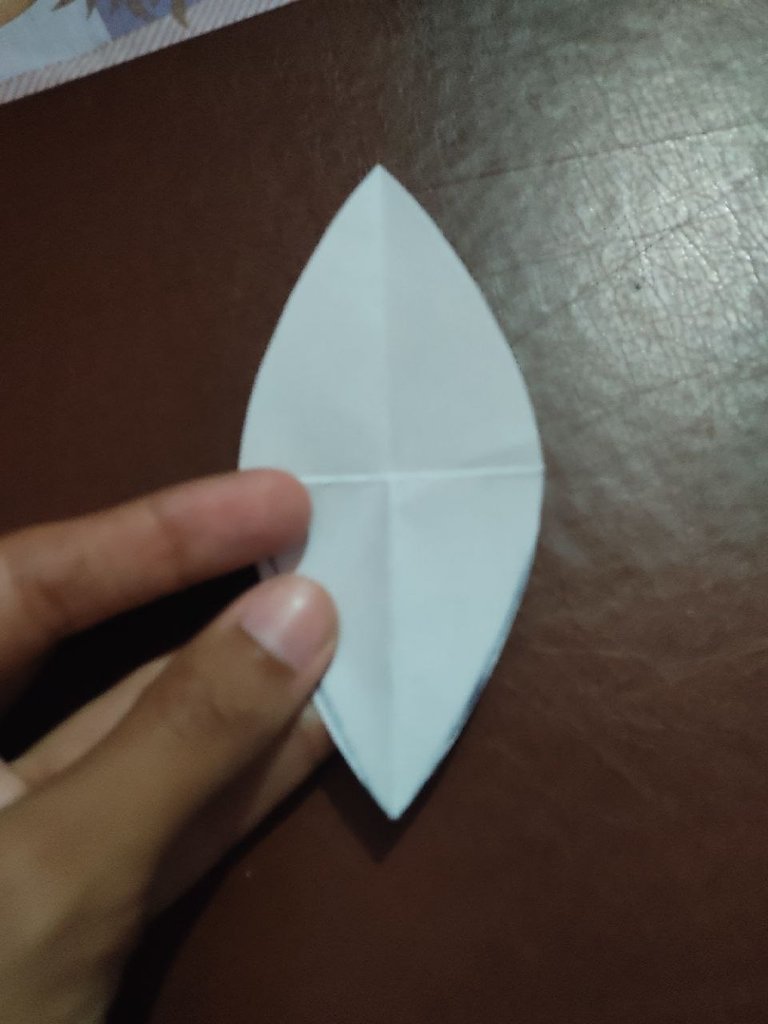
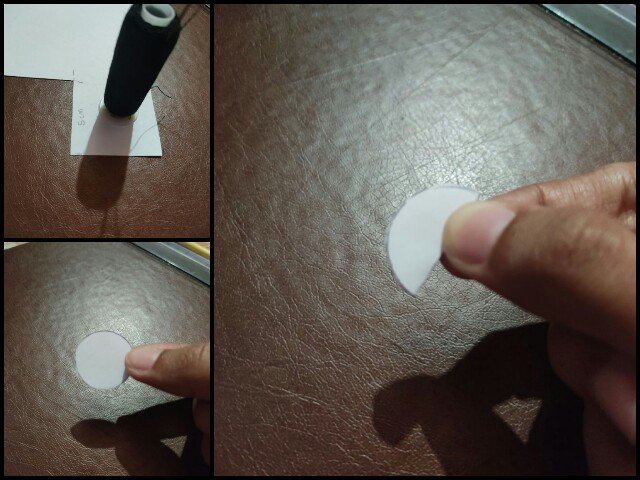
~El proceso~
~The process~
Let's start by drawing on the fabric the necessary pieces of our pattern, 4 pieces of each pattern are required, as shown in the picture. In case you use fleece or velvet fabric, I recommend you to draw the pattern on the back side of the fabric.
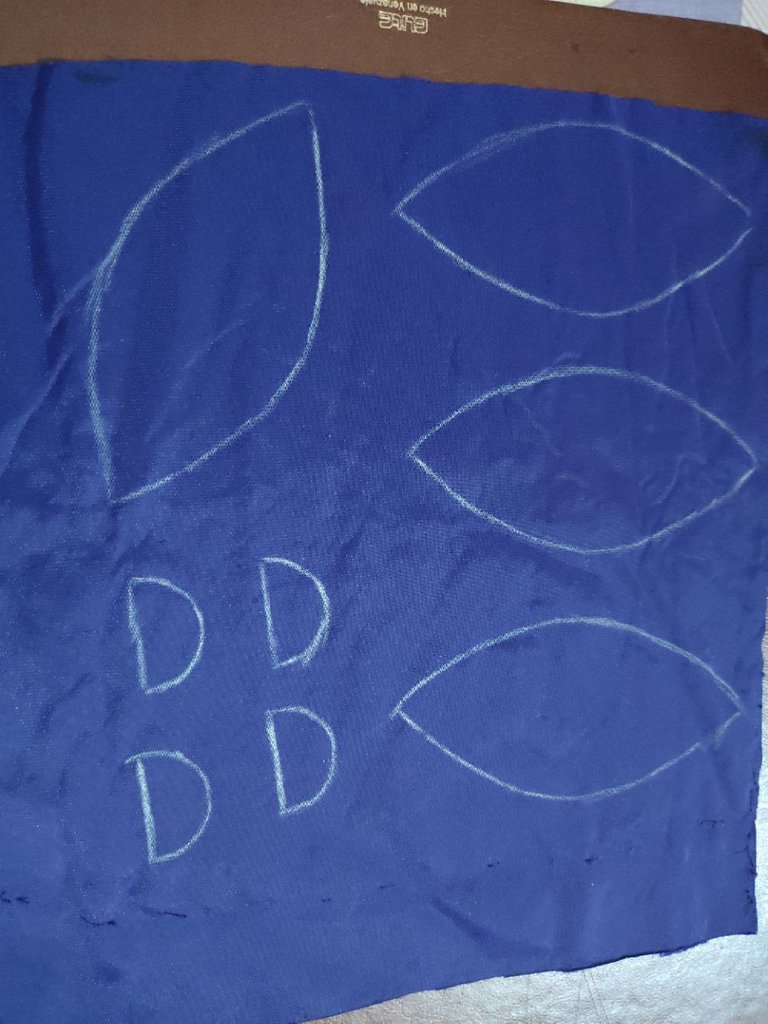

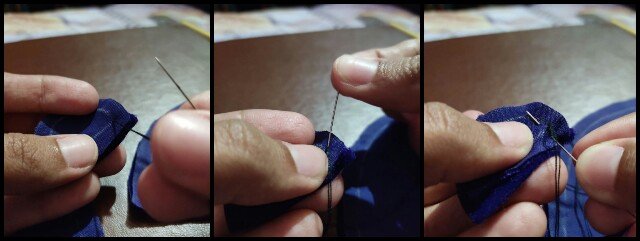
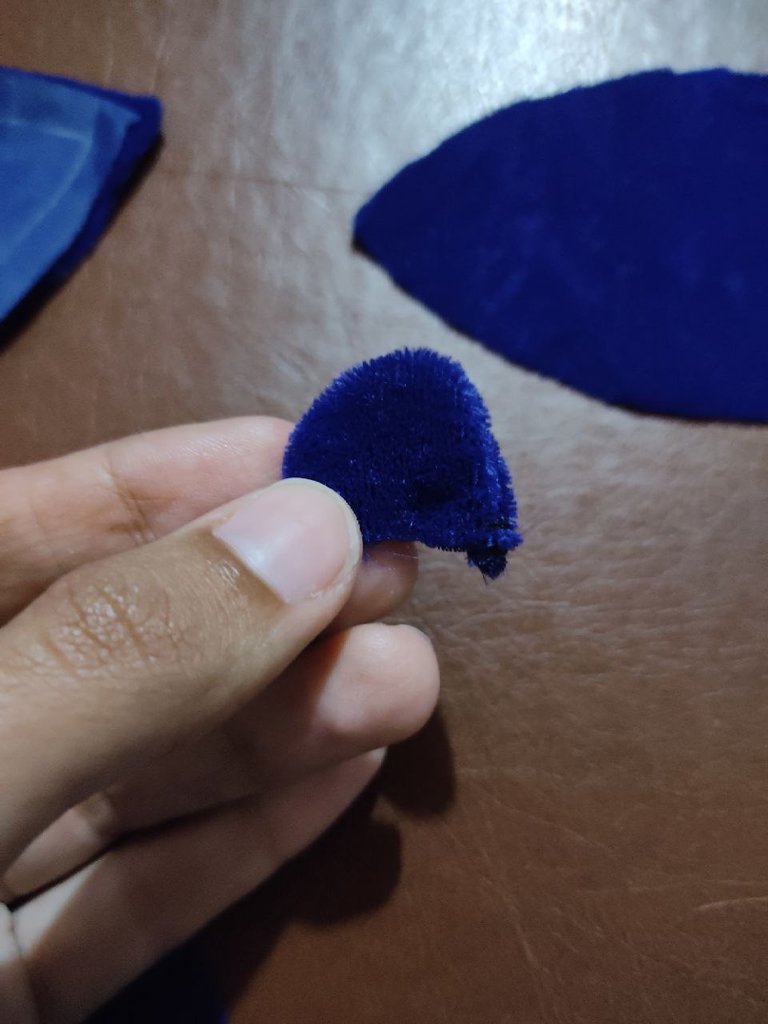

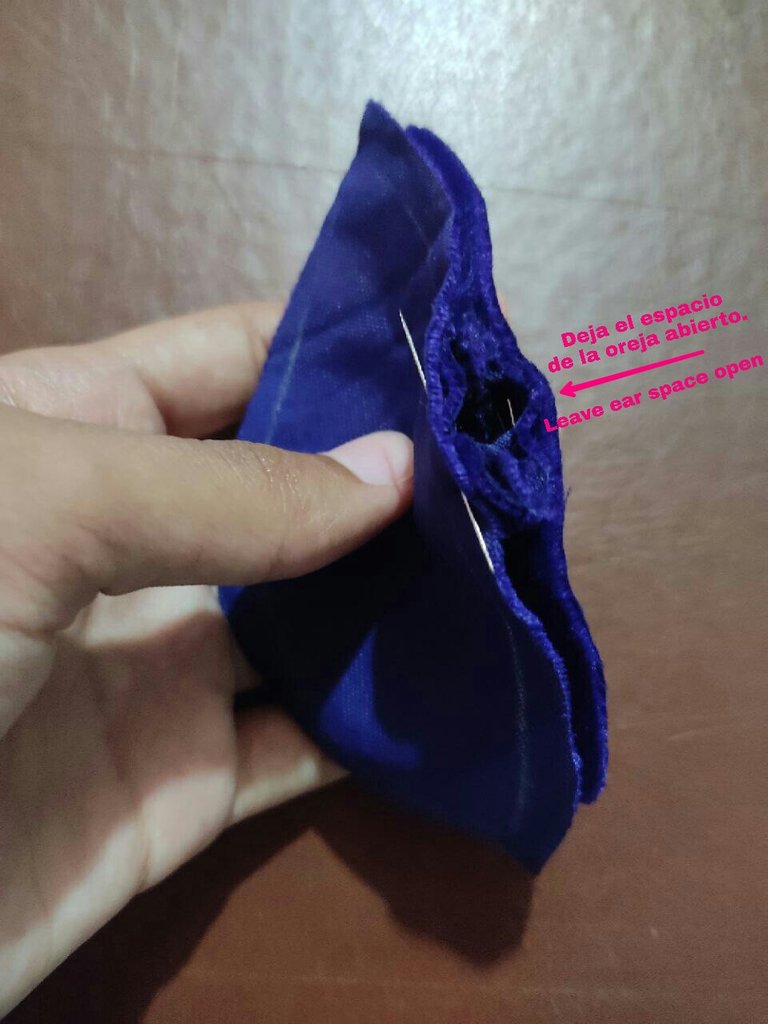

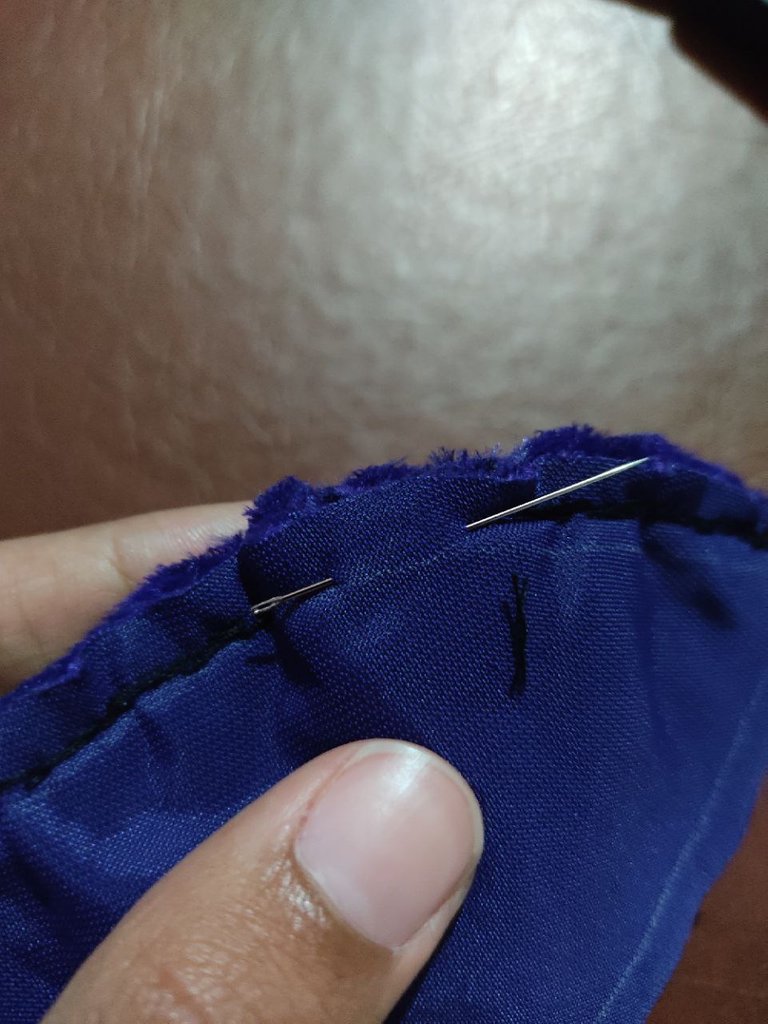
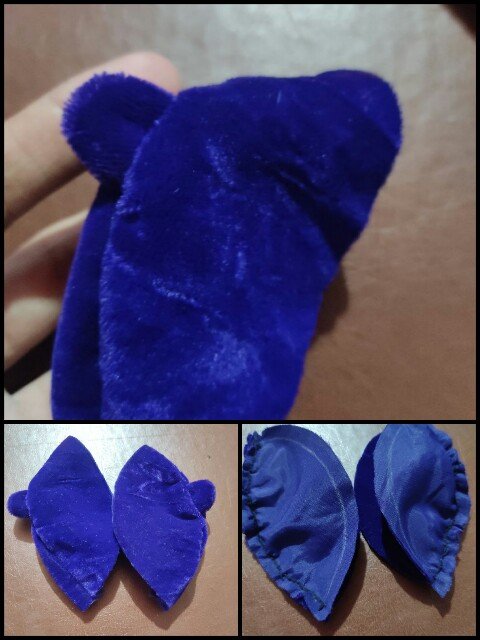
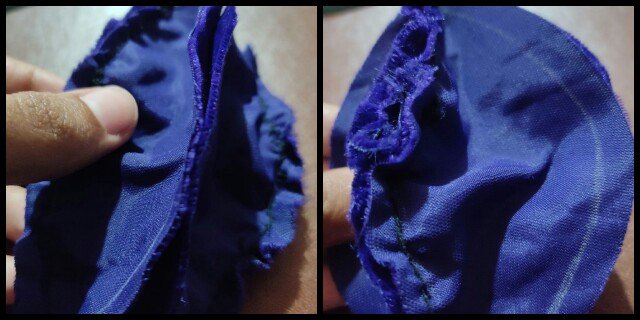
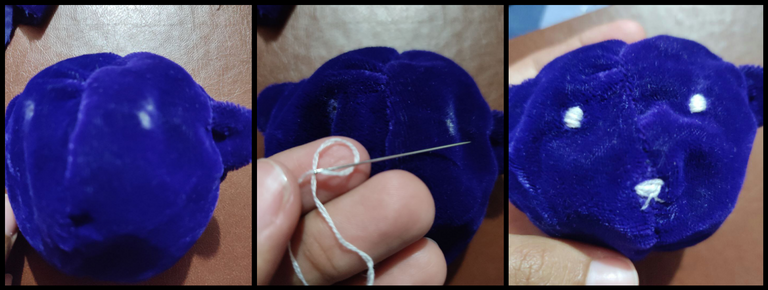
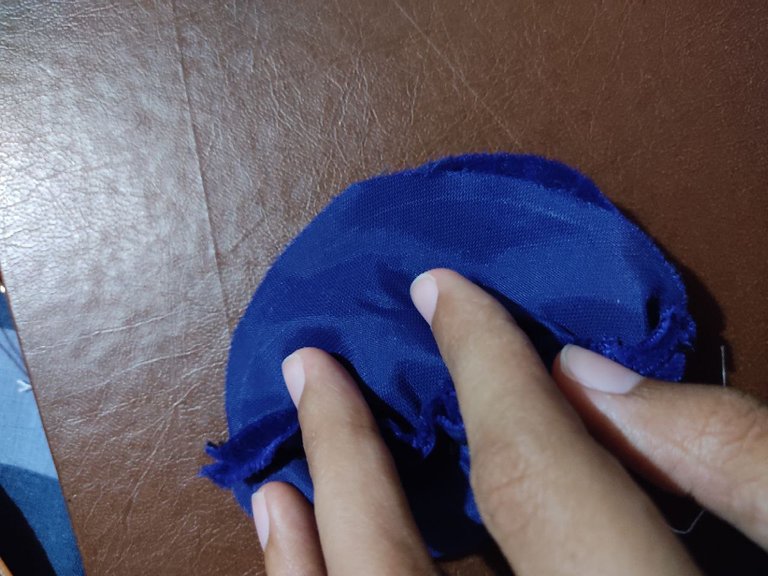
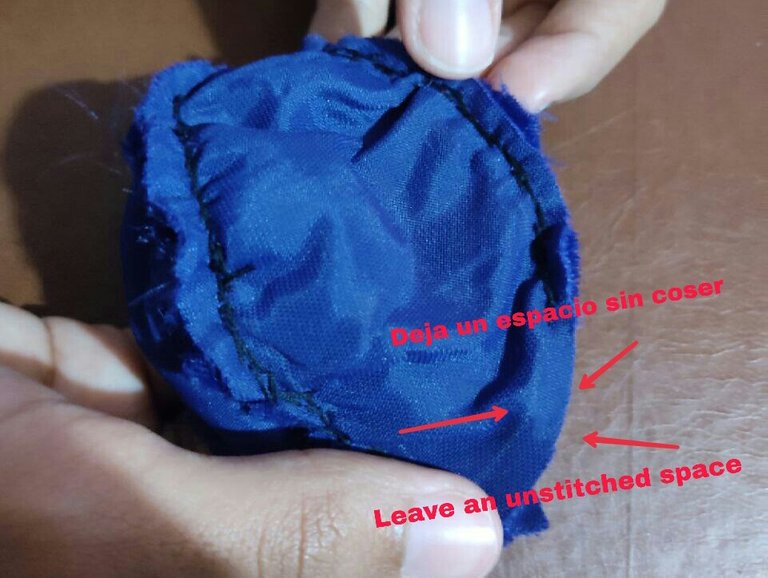


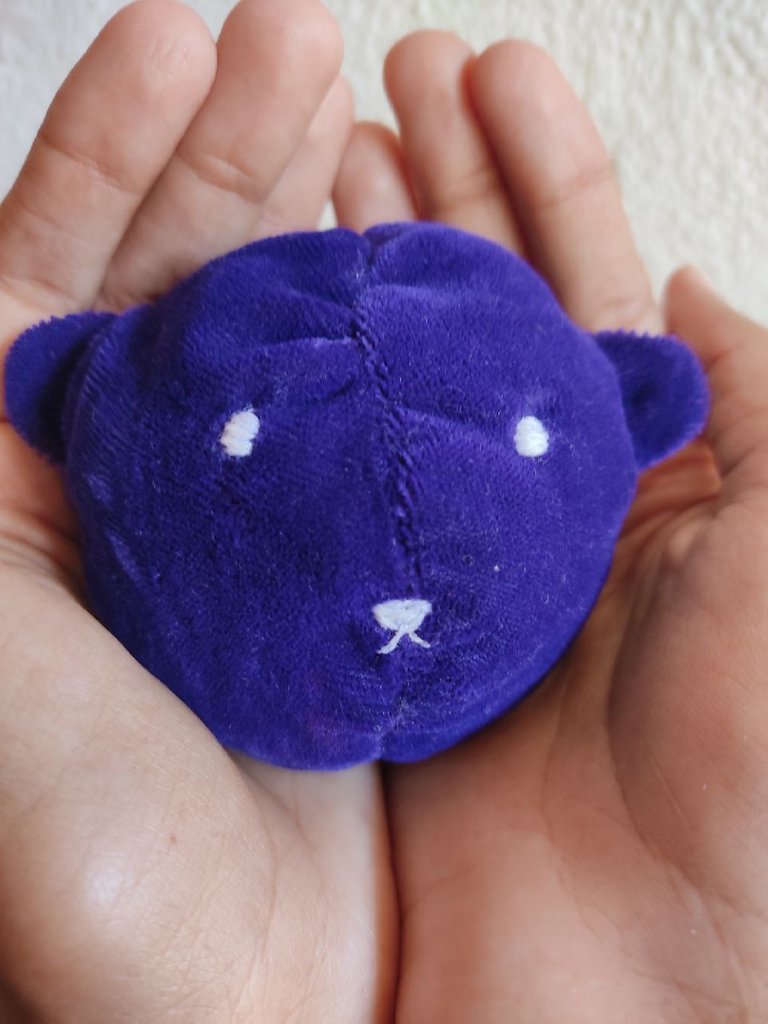
Ahora tienes un amigo para llevar contigo a donde vayas. Recuerda ponerle nombre. El mio se llama Poppy ♥
Now you have a friend to take with you wherever you go. Remember to name it. Mine is named Poppy ♥
Espero que les haya gustado este tutorial, me disculpo si es muy largo. Espero que les sea de provecho y nos vemos en el siguiente tutorial.
¡Hasta la próxima!
Me encanto esta idea, necesito un osito anti estrés. Te etiquetare si lo realizo.
Me alegra muchísimo ♥ sería un honor
Congratulations @bunnysneedle! You have completed the following achievement on the Hive blockchain and have been rewarded with new badge(s) :
Your next target is to reach 500 upvotes.
You can view your badges on your board and compare yourself to others in the Ranking
If you no longer want to receive notifications, reply to this comment with the word
STOPSupport the HiveBuzz project. Vote for our proposal!